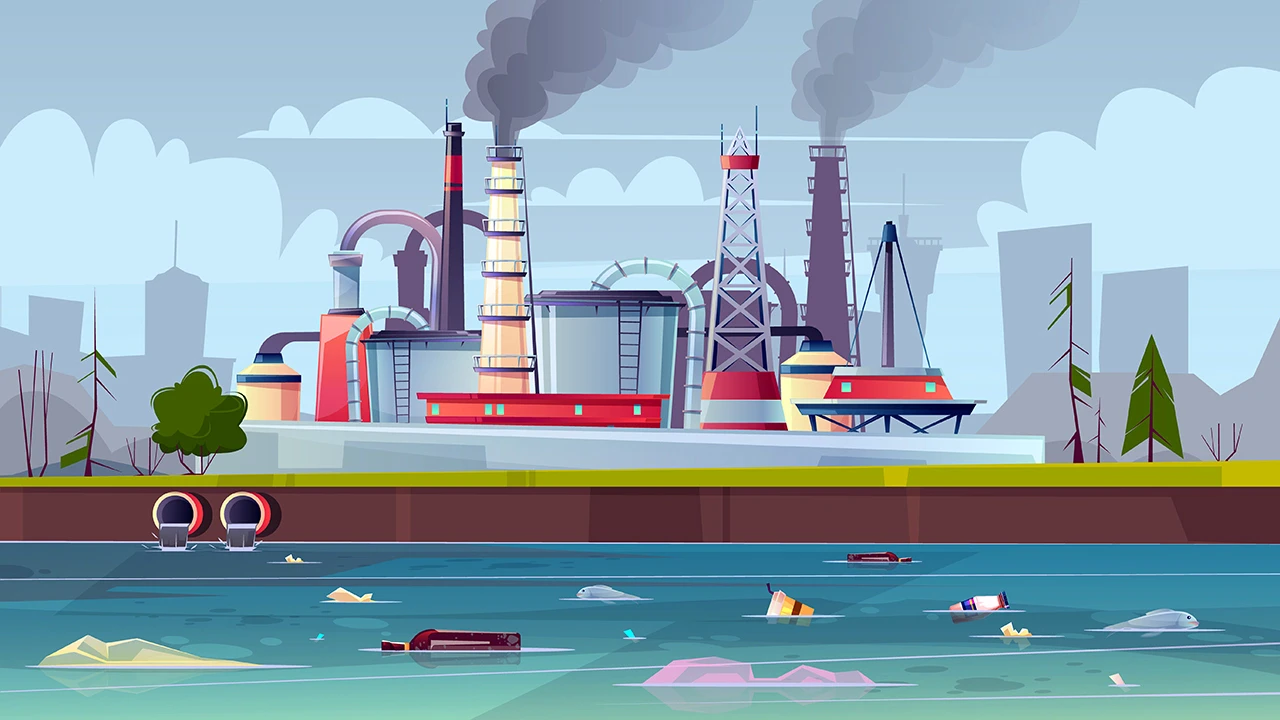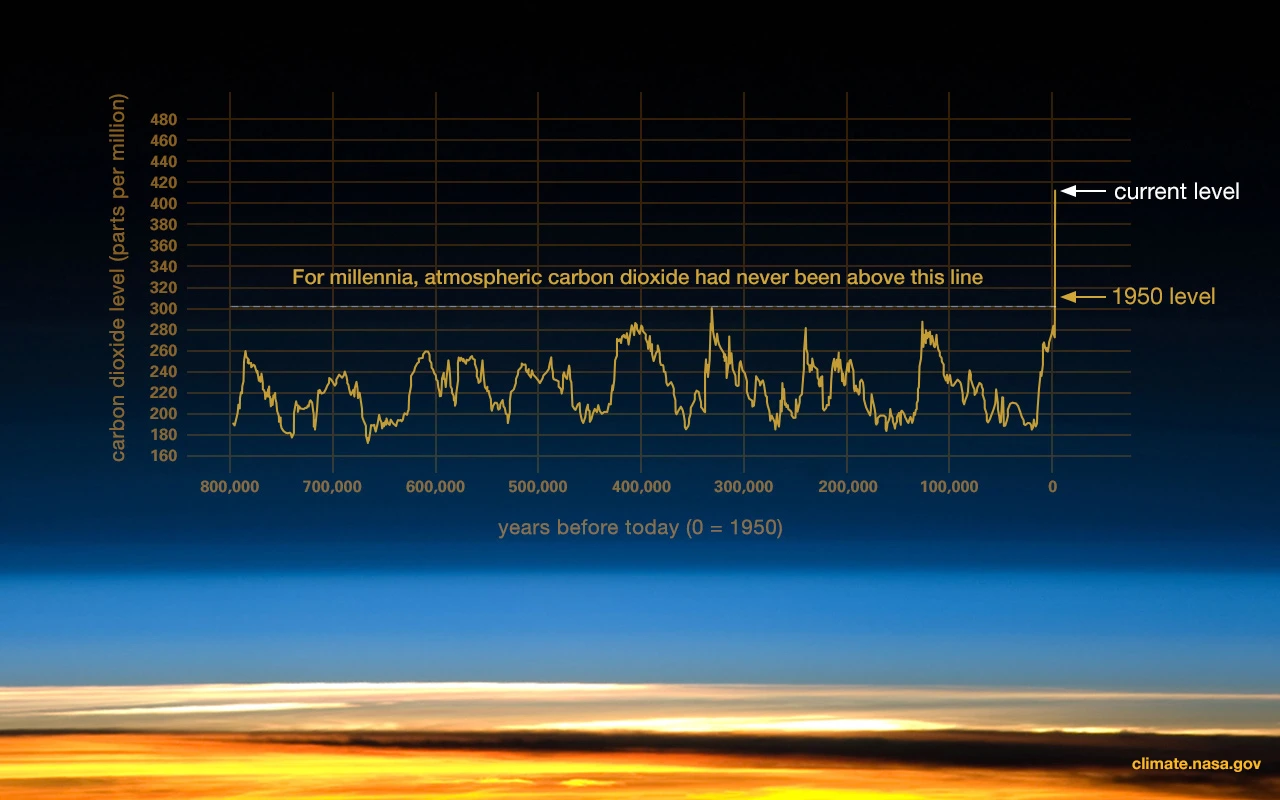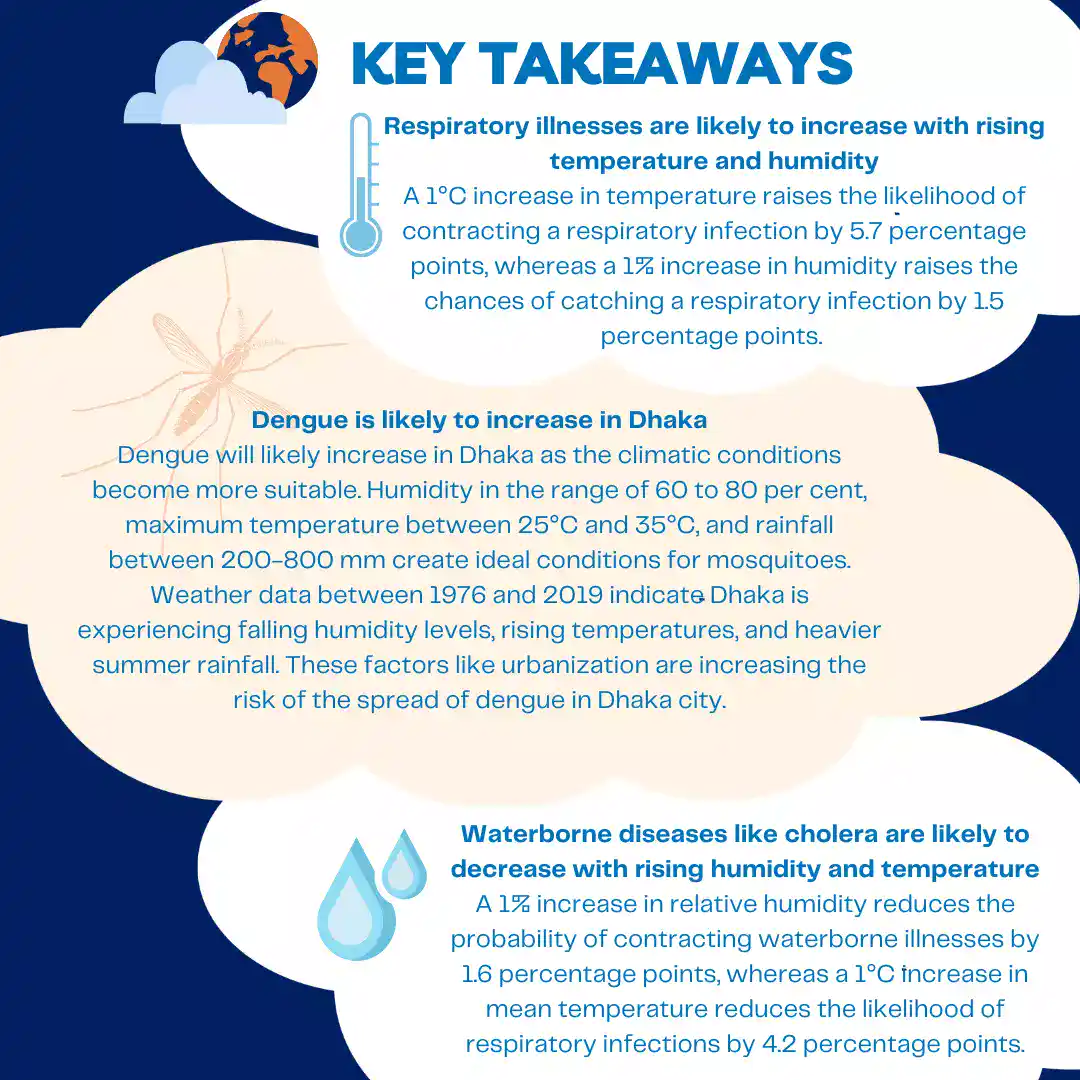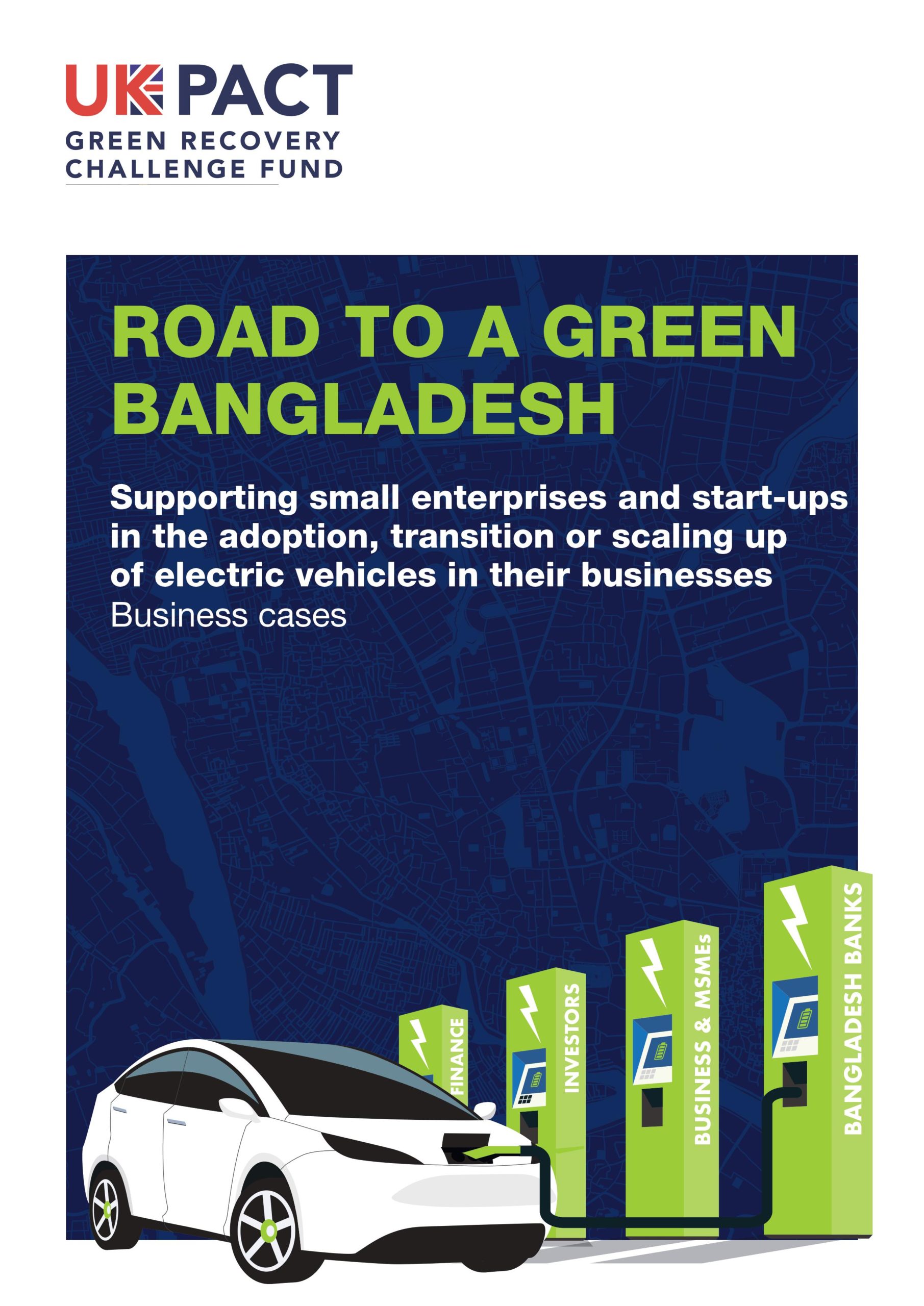GET IN TOUCH
- Please wait...

This article is the third of a three-part series detailing the impacts of climate change on Bangladesh. The first and second articles covered the impacts on land and water, respectively. This final article covers the impacts on the air, focusing on topics like air pollution and global warming as well as their consequences.
Life on Earth is only possible because of the atmosphere, so any change to this security blanket we have has a massive impact on all of humanity.
Climate influences the state of the atmosphere and, in turn, impacts the development and flow of air pollutants, for example, it can change the height of different atmospheric layers and the rate of chemical reactions in the air. [1] While air pollution is anthropogenic in most cases, it is majorly influenced by climate change through complex interactions in the atmosphere. Increasing levels of Greenhouse gases alter the energy balance between the atmosphere and the Earth’s surface, leading to temperature fluctuations‒like global warming‒that change the atmosphere’s chemical composition. Direct emissions of air pollutants like carbon monoxide, lead, nitrogen oxides, ground-level ozone, particulate matter, and sulfur oxides can also influence this energy balance. Therefore, climate change and air pollution have direct linkages with each other. [2]
The 2021 World Air Quality Report by IQAir found that among 117 countries, Bangladesh ranked first in average PM2.5 concentration. PM2.5 is atmospheric particulate matter with a diameter of fewer than 2.5 micrometers. PM2.5 is more dangerous than other particulate matter as it tends to stay in the air longer. Dhaka (78.1) was second in the average annual PM2.5 concentration (μg/m3) list for regional capital cities, with New Delhi (85.0) taking the lead. Particulate matter (PM) is the sum of all solid and liquid particles suspended in the air, including organic and inorganic particles, such as black carbon, dust, pollen, soot, smoke, and liquid droplets. A higher concentration is indicative of a poorer quality of air. Generally, areas with a PM2.5 concentration >50 (μg/m³) exceed WHO PM2.5 guidelines by over ten times. [3]
| Country | Country Population weighted, 2021 average PM2.5 concentration (μg/m³) |
|---|---|
| Bangladesh | 76.9 |
| Chad | 75.9 |
| Pakistan | 66.8 |
| Tajikistan | 59.4 |
| India | 58.1 |
| Oman | 53.9 |
| Kyrgyzstan | 50.8 |
| Bahrain | 49.8 |
| Iraq | 49.7 |
| Nepal | 46.0 |
Depending on the height, air pollutants can travel from 200 km to 500 km in a specified area. This is problematic for Bangladesh, where the transboundary movement of air contributes to much of the airborne pollutants. Surrounded by heavily polluted countries like India and Nepal, pollutants will likely be transported toward Dhaka throughout the monsoon and winter seasons. [4]
A report from Greenpeace Southeast Asia and the Center for Research stated that Bangladesh loses $14 billion annually due to air pollution. Air pollution caused by burning fossil fuels costs the world an estimated $2.9 trillion annually, roughly 3.3% of the global GDP. In addition, roughly 1.8 billion days of work absences worldwide are attributed to illnesses caused by air pollution. This equates to an approximate annual economic loss of $101 billion. For Bangladesh, this cost is greater than 5% of the GDP. Besides this, around 96,000 Bangladeshi children died before their fifth birthday in 2018, because of exposure to PM2.5. [5] Air pollution cuts the average life expectancy of a person in Bangladesh by almost 2.91 years, with 1.16 years being attributed to outdoor air pollution and 1.53 years to indoor air pollution. [1] Air pollution can affect lung development and is implicated in the development of emphysema, asthma, and other respiratory diseases, such as chronic obstructive pulmonary disease (COPD). PM and nitrogen oxide are linked to chronic bronchitis.
The threats from air pollutants do not stop at respiratory problems and increased susceptibility to heart diseases and lung cancer. Air pollutants like black carbon‒which comprises a significant portion of particulate matter‒amplify global warming significantly. The per unit mass of black carbon has a warming impact on climate, which is 460-1,500 times stronger than carbon dioxide. The sooty black material is emitted from gas and diesel engines, coal-fired power plants, and other sources that burn fossil fuels. In Dhaka, its amount is 10 to 15 micrograms per cubic meter, compared to 0.1 to 0.5 micrograms per cubic meter in cities in developed countries. [6] However, the main cause of global warming is still the exponential increase in GHG emissions‒mainly carbon dioxide. In the past 60 years, carbon dioxide in the atmosphere has increased 100 times faster than it did during the end of the last ice age.

According to World Bank, Bangladesh emits only 0.40% of the world’s total greenhouse gases but is one of the top ten countries most affected by climate change. Bangladesh is set to emit about 409.4 million tonnes (MtCO2e) in 2030, according to Nationally Determined Contributions (NDC), but this can be brought down to 319.94 tonnes with internal imitative measures and external help. [7] The rising temperature has led to not only warmer winters but also erratic rainfall patterns that disrupt the distinct seasonality in Bangladesh. This means higher humidity and longer monsoons with increased rainfall. [8]
The impacts of rising temperature and humidity, according to a World Bank survey of 15,000 people in 3600 households in Bangladesh, are summarized below. [8]

The International Labour Organization (ILO) predicts that Bangladesh may lose 4.84% of total working hours due to heat stress resulting from global warming by 2030. According to a study by Dewan et a., with higher temperatures, the scenario is likely to worsen especially in major cities like Dhaka, Chittagong, and Rajshahi due to rapid urbanization and “Urban Heat Island Impact.” Compared to reducing global warming, maintaining an air quality that is not termed “unhealthy” is not an impossible task. The environment department records show 318 illegal brick kilns still running and polluting the environment in Dhaka and four other surrounding districts despite directives from the High Court. The air quality of Dhaka has worryingly remained within the range of ‘unhealthy’ and ‘hazardous’ for some years. More than five lakh registered vehicles are now on the road without fitness clearance, mainly because of poor Road Transport Authority oversight. [9]
The impacts of climate change‒irrespective of if they are on the land, water, or air‒are profoundly negative when it comes to Bangladesh. Putting all the impacts in perspective, it is high time for not only the government but each and every individual to be more climate-conscious. If you have read all three parts, you know that just because it is not visible does not mean it is not happening.
Lamisa Mustafina, Content Writer, and Sanjir Ali, Senior Business Consultant & Project Manager at LightCastle Partners, have prepared the write-up. For further clarifications, contact here: [email protected]
 |
If you are interested to learn more about the Electric Vehicle adaptation in Bangladesh
|
Our experts can help you solve your unique challenges
Stay up-to-date with our Thought Leadership and Insights